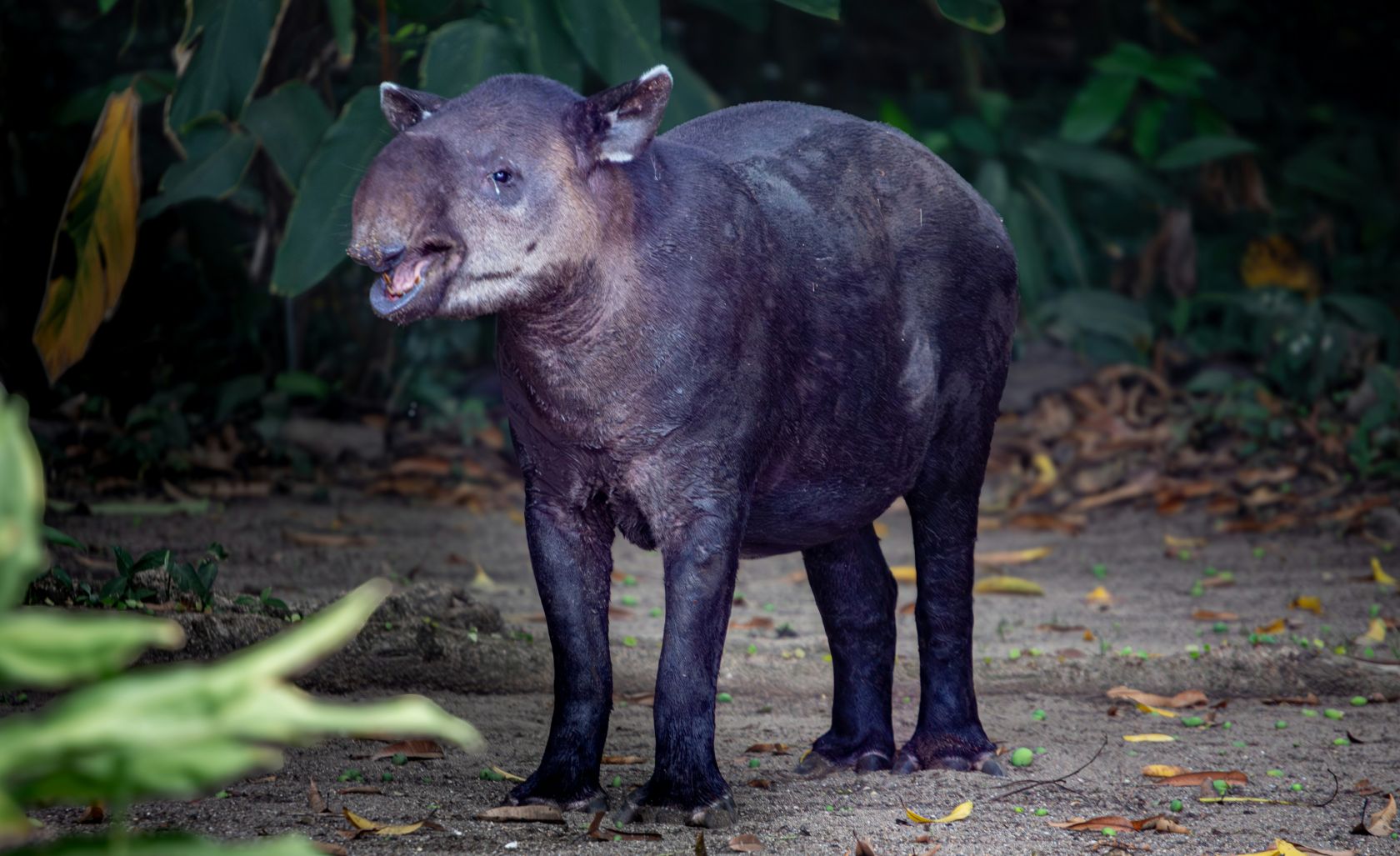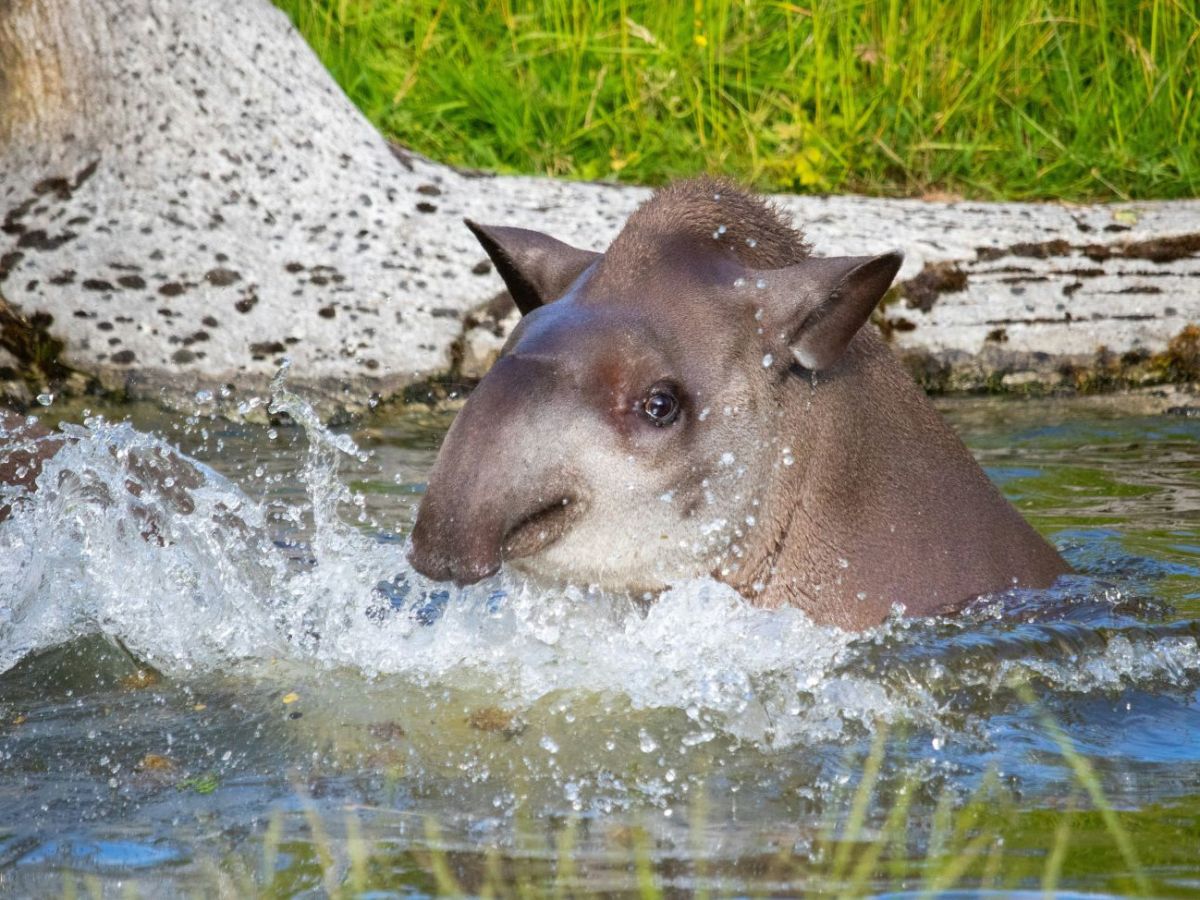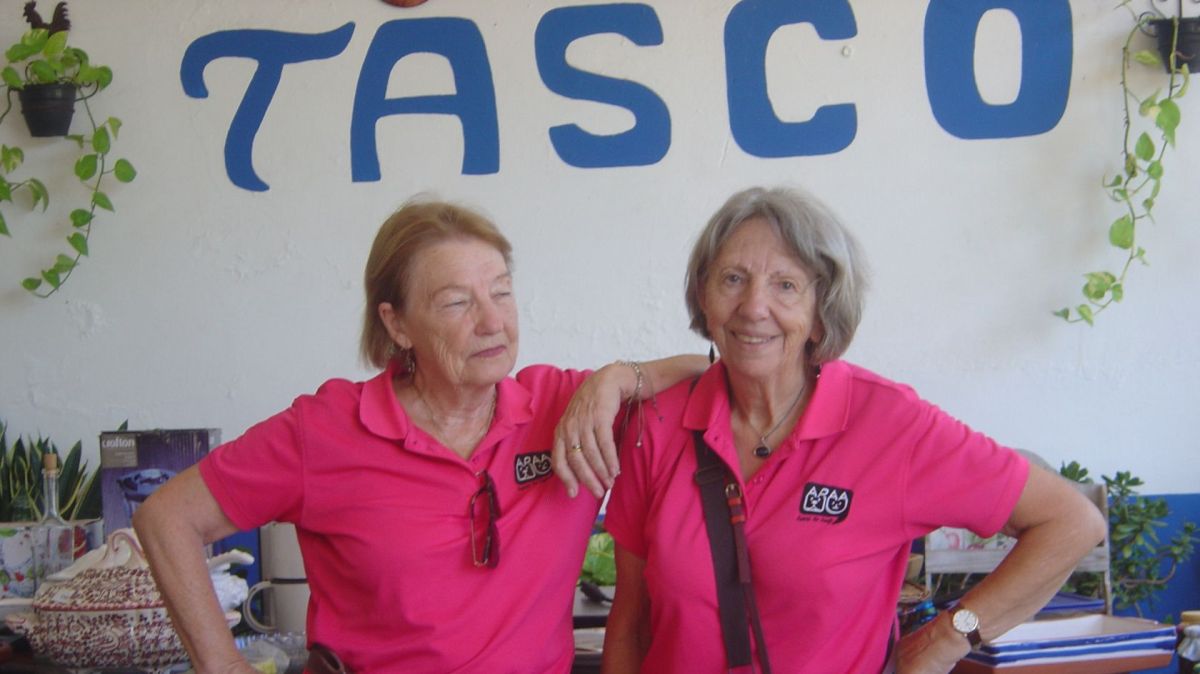I have an interest in animals that might become extinct at some point, and the tapir is one of them, and a weird-looking one too, in my humble opinion. Yes, tapirs require protection, because all four surviving species are listed as Endangered or Vulnerable, facing threats from the usual things - habitat destruction, hunting, climate change, with increasing road development causing collisions with traffic. Their slow reproductive rate and sensitivity to disturbance make it very difficult for tapir numbers to recover.
Larger and heavier than Portugal’s Wild Boars
They’ve been around for centuries, having survived the extinction of many other animals. They are South America's largest native land mammal, and somewhat resemble Portugal’s ‘Javali’ (boars), though tapirs are a good bit larger and heavier, weighing around 300 kilos. Despite their general resemblance to a pig or a boar, they are no relation, nor are they related to elephants, despite a mini-trunk (by elephant standards!) that’s used to grab branches and strip off leaves or help pluck fruits to feed directly into their mouths. Used with the upper lip, it makes a snout similar to an elephant's trunk, which also serves as a snorkel when the tapir is underwater, and as tapirs are semi-aquatic animals, they spend a lot of time in water - eating, cooling off, or hiding from predators.
Tapirs are herbivores and eat a lot of fruit, berries, and foliage, and an adult tapir can eat as much as 34 kilograms of food in a single day. For comparison, a litre bottle of water weighs around 1k, so multiply that by 34 to get an idea of the quantity. Often called the ‘gardeners of the forest’, they are essential to the ecosystem as seed dispersers - because they require a large range for foraging, the seeds of fruit and berries from one area are dispersed through their ‘poo’ in other areas as they move around.
Closest Relative is the Rhino
Tapirs are part of the order of animals with split hooves, their closest relative being the rhinoceros, but they belong in the same order as horses. They have an odd balance of toes (four toes on each front foot, three on each back foot), small eyes and ears, and a wide rear end - ideal for walking through thick vegetation.
Largely nocturnal, their preferred habitat is wooded or grassy areas with places to shelter during the day and nearby water for taking a dip. They are hard to spot, so chance wild encounters would be rare. They aren’t particularly fierce but will defend themselves if threatened, especially a mother with a calf, and can inflict serious injuries with their powerful jaws and sharp teeth. While they typically prefer to flee from danger, their strong bodies and protective instincts can lead to dangerous encounters with humans, so should be treated with respect and caution.

Smile please
Tapirs do this, as do many other mammals – making a face that looks like a smile, but it is called a 'flehmen’ response. By raising their upper lip, they increase their smelling power to analyse pheromones and other scents by using a special organ called the Jacobson's organ in the roof of their mouths.
Youngsters
A single calf is born to a female only once every two years, and will have a reddish-brown coat, featuring dots/dashes of white camouflage markings which disappear as it matures. After birth, it can stand within hours, swim within weeks, and are weaned between 6-12 months. Sexual maturity is at around age three to five years, and they have a lifespan of around 25 to 30 years, whether in the wild or in captivity.
Some sad facts
Tapir body parts are used in traditional medicine, and from the largest open-air market in Peru, live mammals, reptiles and birds — and their body parts — are sold. Some are sold into the exotic pet trade, some for spiritual, medicinal and decorative use, with others being killed for their meat. At this market, tapir nails are sold as a purported treatment for haemorrhages, despite a lack of scientific evidence to prove their effectiveness.
















